mppp drug Product Overview
mppp drug (1‑methyl‑4‑phenyl‑4‑propionoxypiperidine) is a synthetic opioid analgesic, first developed by Hoffmann‑La Roche in the 1940s
. Known colloquially as a “designer heroin,” it is structurally a reversed ester of pethidine (meperidine) and exhibits approximately 70 % of morphine’s potency
. It’s never been approved for clinical use and remains classified as a Schedule I controlled substance.
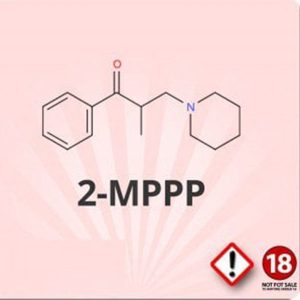
mppp drug
mppp drug Toxic Impurity & Parkinsonism Risk
mppp drug carries a critical safety concern: if synthesized improperly—particularly under excessive heat—an impurity called MPTP forms. This compound is metabolized into MPP⁺, a potent neurotoxin that selectively kills dopamine neurons in the substantia nigra, causing irreversible Parkinson-like syndrome
. Notably, following recreational use in the 1970s–80s, multiple individuals rapidly developed parkinsonism after intravenous or intranasal MPPP exposure
mppp drug Pharmacology & Analgesic Properties
mppp drug functions as an opioid agonist—producing analgesia akin to morphine and pethidine—with documented animal studies indicating central nervous system stimulation in mice and analgesic capability in rats.
. However, its pharmacokinetics (absorption, metabolism, elimination) remain largely uncharacterized due to lack of clinical trials.
mppp drug Synthesis Precautions
mppp drug must be synthesized under controlled, low-temperature conditions to prevent MPTP formation. The classic method involves producing a tertiary alcohol intermediate, which—if overheated—undergoes dehydration to MPTP.
. Careful regulation of temperature (< 30 °C) and acid-catalysis is essential to avoid contamination.
mppp drug Regulatory Status
mppp drug is listed as Schedule I in the U.S. (zero manufacturing quota), is controlled under the Single Convention on Narcotic Drugs globally, and is formally illegal in many countries due to its abuse potential and neurotoxic contamination risk
mppp drug Historical Context
mppp drug was synthesized in 1947 but never marketed due to limited advantages over meperidine
. Its recreational popularity surged in the 1970s, until safety alarms were raised by the MPTP-linked “frozen addicts” cases in California, triggering decades of Parkinson’s research.
mppp drug Clinical & Research Significance
mppp drug is not used clinically but remains pivotal in neuroscience research—as the MPTP impurity inadvertently produced the first reliable animal model of Parkinson’s disease. This discovery transformed PD research, advancing MAO‑B inhibitor development and supporting deep brain stimulation trials
🧪 Summary Table
| Feature | Details |
| Chemical Class | Reversed ester opioid (phenylpiperidine derivative) |
| Potency | ≈ 70% opioid effect of morphine |
| Toxicity Risk | MPTP contamination → MPP⁺ neurotoxin → irreversible parkinsonism |
| Regulation | Schedule I / international ban |
| Research Use | Foundation of MPTP-based Parkinson’s models |
Frequently Asked Questions
What is the drug MPTP used for?
Answer: MPTP (1‑methyl‑4‑phenyl‑1,2,3,6‑tetrahydropyridine) is primarily used in neuroscience research to create animal models of Parkinson’s disease due to its ability to induce selective dopaminergic neuron loss in the substantia nigra.
What is the MPPP drug plan?
Answer: In healthcare contexts (not neuroscience), “MPPP” refers to the Medicare Prescription Payment Plan, a program that helps patients spread out their drug expenses over time
What is MPPP?
Answer: MPPP (1‑methyl‑4‑phenyl‑4‑propionoxypiperidine), also called desmethylprodine, is a synthetic opioid. It gained notoriety as an illicit “designer drug” after being accidentally contaminated with MPTP, which caused severe parkinsonism in users.
What is the difference between MPPP and MPTP?
Answer: MPPP is an opioid analgesic, while MPTP is a neurotoxin produced accidentally during MPPP synthesis. Unlike MPPP, MPTP itself is not an opioid and is neurotoxic—it destroys dopamine neurons after conversion to MPP⁺ .
What is MPTP in Parkinson’s?
Answer: MPTP is a chemical that, when converted to MPP⁺ in the brain, selectively destroys substantia nigra dopaminergic neurons. This leads to permanent, Parkinson’s-like symptoms, making it a critical tool for studying Parkinson’s disease.
Is MPTP neurotoxic?
Answer: Absolutely. MPTP crosses the blood–brain barrier and is metabolized to MPP⁺ by MAO‑B. MPP⁺ inhibits mitochondrial Complex I, generates free radicals, and kills dopaminergic neurons
What chemical is strongly linked to Parkinson’s disease?
Answer: MPTP—and specifically its metabolite MPP⁺—is strongly implicated, as it can cause irreversible neurodegeneration identical to Parkinson’s disease in both humans and animal models
What drug destroys dopamine?
Answer: MPP⁺, the active metabolite of MPTP, destroys dopamine-producing neurons by disrupting mitochondrial function within the substantia nigra
How do you treat MPTP toxicity?
Answer: Treatment focuses on symptomatic management. Levodopa and dopamine agonists (e.g., bromocriptine) are used to restore dopamine function. Monoamine oxidase-B inhibitors (like selegiline) may slow further damage. Deep brain stimulation is also employed in chronic cases
What chemical is strongly linked to Parkinson’s disease?
Answer: MPTP—and specifically its metabolite MPP⁺—is strongly implicated, as it can cause irreversible neurodegeneration identical to Parkinson’s disease in both humans and animal models
What drug destroys dopamine?
Answer: MPP⁺, the active metabolite of MPTP, destroys dopamine-producing neurons by disrupting mitochondrial function within the substantia nigra
How do you treat MPTP toxicity?
Answer: Treatment focuses on symptomatic management. Levodopa and dopamine agonists (e.g., bromocriptine) are used to restore dopamine function. Monoamine oxidase-B inhibitors (like selegiline) may slow further damage. Deep brain stimulation is also employed in chronic cases

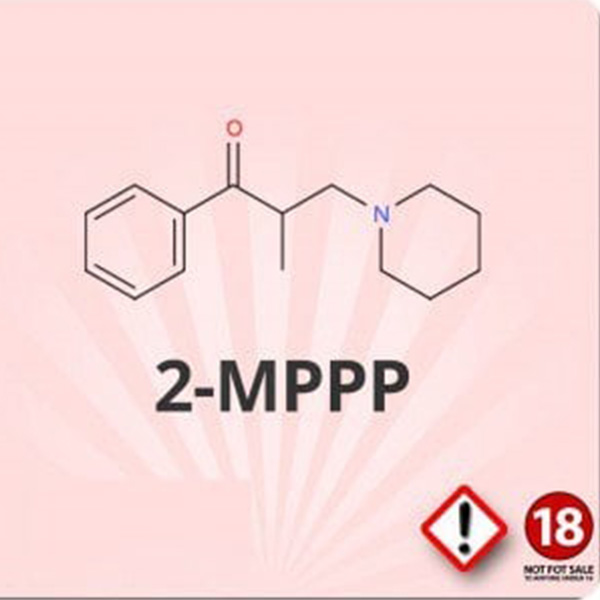
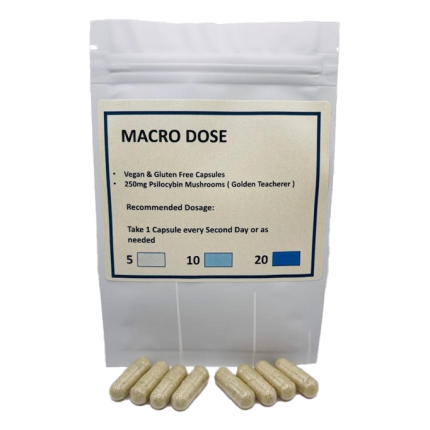
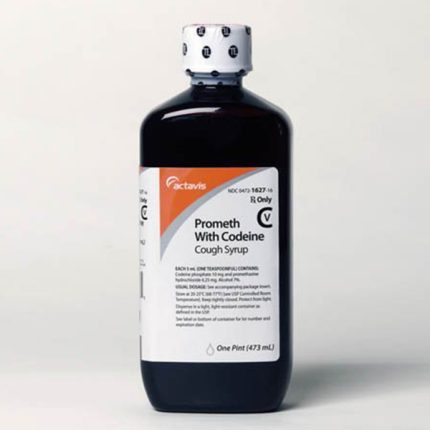




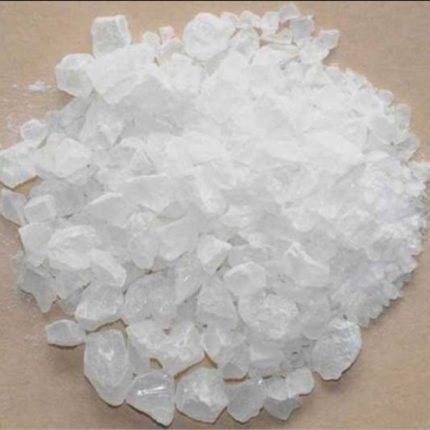
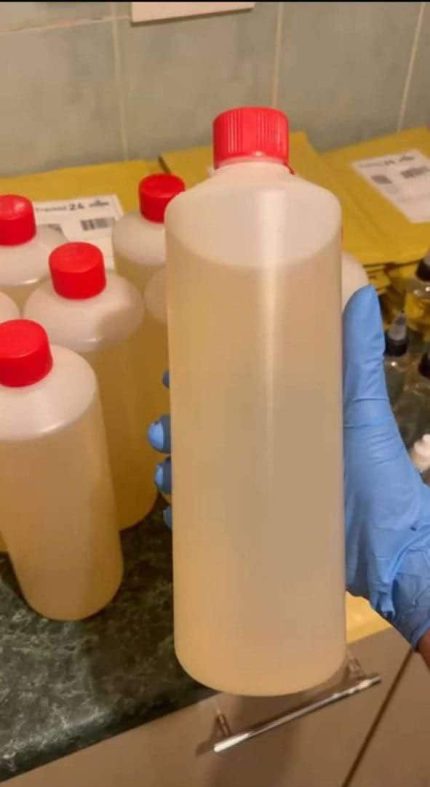

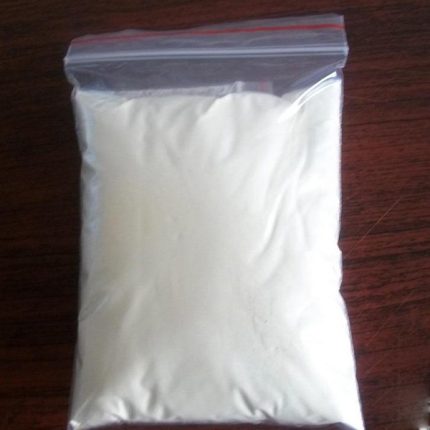


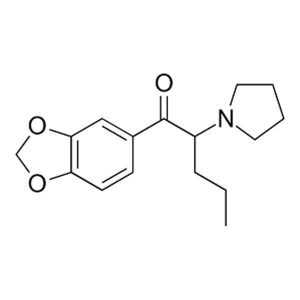



Reviews
There are no reviews yet.